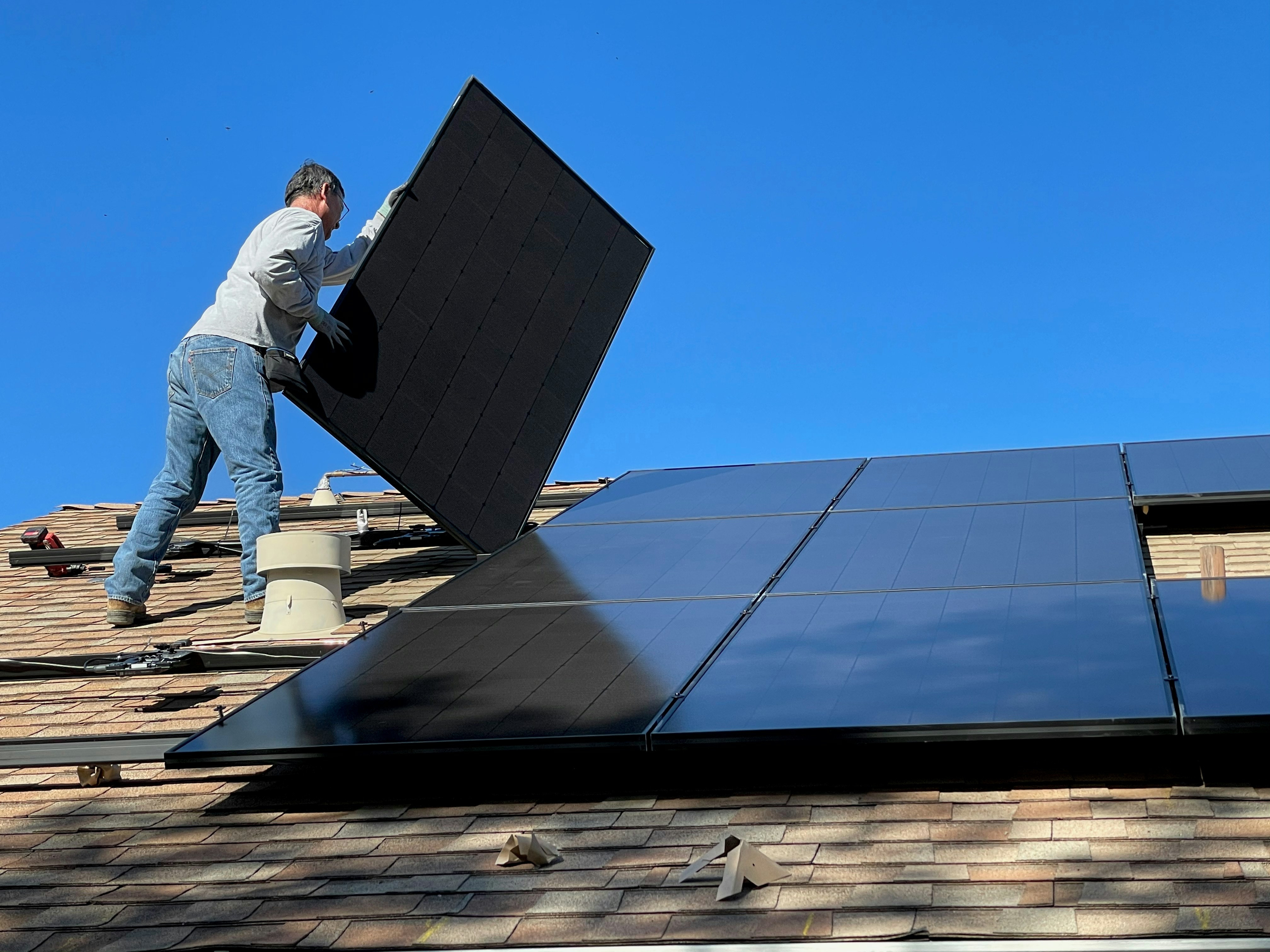Windmill installation
Why Ventilation Maintenance Matters
Research Business Plan
Windmill installation is a critical component in the transition to renewable energy, offering a sustainable solution for generating electricity through wind power. The installation process involves several key steps, each vital to ensuring the efficiency and safety of the wind turbine system.
Our Proactive Approach
Our Ventilation Services Include:
Alterations & Repairs — Upgrades, rerouting, and efficiency improvements.
Surveys & Inspections — Full system health checks and compliance reporting.
LEV Testing — Local Exhaust Ventilation testing to meet COSHH regulations.
Fire Damper Drop Testing — Critical safety testing to maintain fire containment.
Microbiological Testing — Identify bacteria or mould risks in ventilation lines.
Air Quality Monitoring — Real-time data to protect occupant health.
Air Balancing — Ensuring even air distribution across your premises.
Dust Thickness Testing (DTT) — Verification of duct cleanliness for safety and compliance.
Lagging & Labelling — Insulation and clear identification for compliance.
Cleaning & Decontamination — Full duct cleaning, including COVID-safe decontamination.
Duct Sock Supply & Cleaning — Flexible textile ducting solutions cleaned and maintained.




